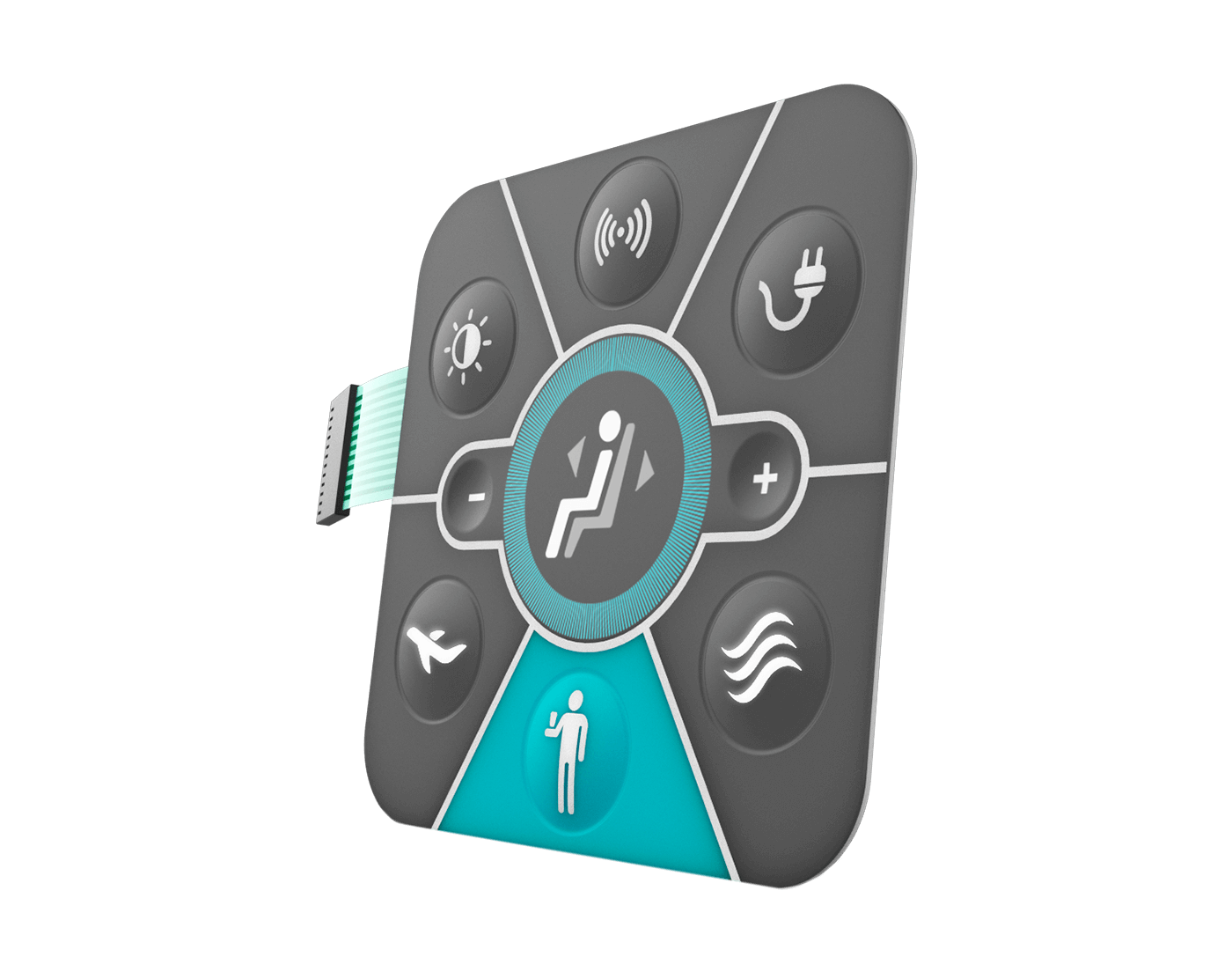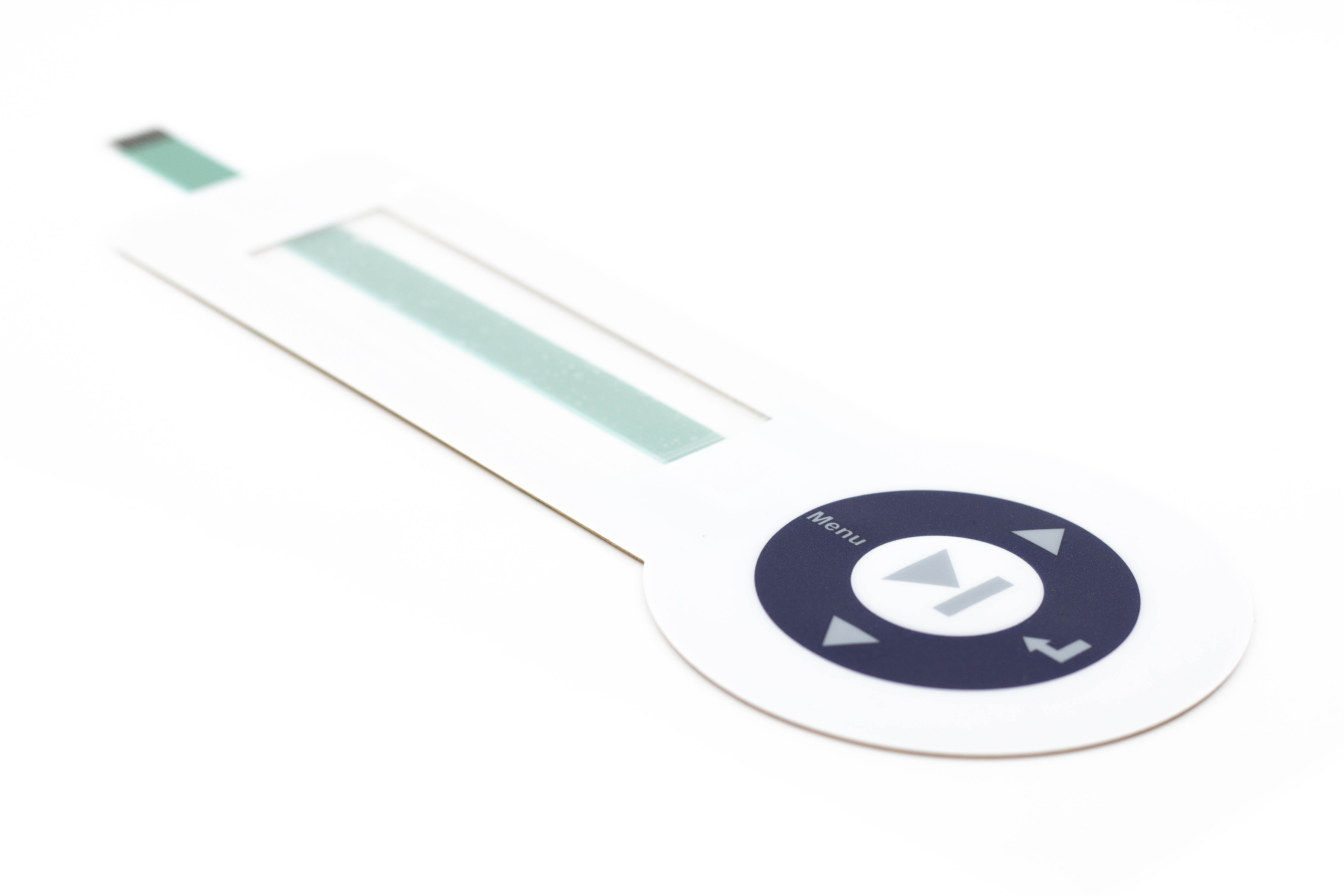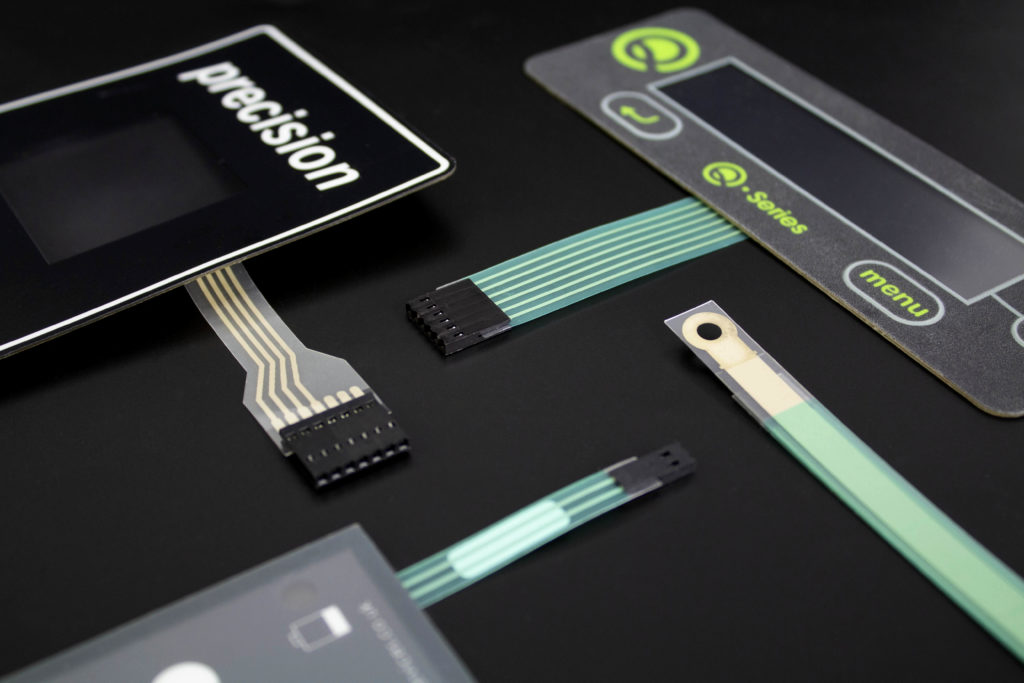Understanding the Significance of Membrane Switches in Individual User Interfaces
Membrane buttons are essential components in the style of effective customer interfaces, assisting in not only capability yet additionally improving visual appeal and individual interaction. As we discover the different benefits and future fads linked with Membrane modern technology, it becomes clear that these buttons are more than just components; they stand for a merging of development and usefulness.
What Are Membrane Switches?

The spacer layer, which has adhesive buildings, permits the separation of the circuit layer from the overlay, ensuring that the button stays in a non-activated state up until pushed. When stress is applied to the overlay, it presses the spacer layer, linking the gap and finishing the circuit in the underlying layer. This design not just reduces the physical space required for traditional mechanical switches but additionally boosts the durability of the tool, as Membrane buttons are typically immune to dust, wetness, and various other ecological elements.
Typically discovered in applications varying from customer electronic devices to clinical devices, Membrane switches are integral to contemporary technology, providing a efficient and straightforward user interface that lines up with contemporary design requirements.
Advantages of Membrane Switches
While numerous button innovations exist, Membrane Switches offer distinct benefits that make them specifically preferable in different applications. One of the primary advantages of Membrane switches is their portable design, which permits space-saving applications in devices where realty is restricted. Their slim account not only boosts aesthetic allure however additionally promotes lightweight building.
An additional considerable benefit is their resistance to environmental variables. Membrane buttons are commonly secured versus moisture, dust, and impurities, making them excellent for usage popular settings, such as medical tools and commercial equipment. This longevity extends the lifespan of the switch, reducing maintenance prices and improving reliability.
In addition, Membrane switches can be tailored to meet specific layout demands, incorporating one-of-a-kind graphics and colors that improve user interaction. Their tactile comments alternatives can additionally be customized to supply a satisfying individual experience. Furthermore, Membrane switches are economical, especially in high-volume applications, as they can be created successfully.
Applications in Various Industries

In the consumer electronics market, Membrane buttons prevail in gadgets such as microwaves, washing equipments, and remote controls. Their tactile feedback and aesthetic alternatives improve user experience while offering a sleek, modern-day appearance. Furthermore, automotive manufacturers use Membrane buttons in dashboard controls and infotainment systems, where space is limited, and customer interaction description is vital.
Additionally, the industrial sector leverages Membrane buttons in control panels for machinery and devices, allowing for intuitive procedure in typically severe settings. Their resistance to chemicals and wetness makes certain long life and dependability in these applications. On the whole, the versatility of Membrane Switches contributes significantly to their extensive usage, making them essential in numerous technological domains.
Layout Factors To Consider for Membrane Switches

When designing Membrane buttons, numerous crucial considerations should be taken into consideration to make certain optimum performance and individual experience. The selection of products is critical; selecting resilient, top notch substrates can boost the button's long life and resistance to ecological elements such as wetness and temperature level changes.
Secondly, the design of the visuals overlay ought to prioritize clarity and simplicity of use. Icons and text should be understandable, and the design should promote user-friendly interaction (membrane switches). In addition, responsive feedback is important; integrating resource a responsive dome or other systems can boost the individual experience by providing physical confirmation of activation
An additional vital factor is the switch's electric efficiency. Designers must make certain that the conductive traces are correctly made to decrease resistance and stay clear of signal interference. This includes assessing the called for actuation force and guaranteeing compatibility with the digital parts they will interface with.

Future Patterns in Membrane Technology
As technology proceeds to development, Membrane buttons are poised to develop substantially, driven by innovations in materials and producing strategies. One arising pattern is the unification of innovative products, such as conductive inks and flexible substrates, which enhance durability and lower the overall weight of Membrane switches. These materials not only improve the responsive reaction however additionally permit the layout of buttons that can stand up to harsher environmental conditions.
Additionally, the assimilation of touch-sensitive innovations is transforming standard Membrane Switches into more interactive interface. Capacitive touch sensing units installed within Membrane switch panels can supply an extra receptive and instinctive user experience, straightening with the expanding need for streamlined, contemporary designs in consumer electronic devices.
In addition, innovations in printing methods, such as digital and 3D printing, allow fast prototyping and modification of Membrane buttons. This flexibility enables manufacturers to respond quicker to market demands and customer preferences.
Finally, sustainability is coming to be a substantial emphasis, with makers exploring environment-friendly products and processes. As these patterns unravel, the future of Membrane technology assures improved capability, visual charm, and ecological responsibility, strengthening their function in sophisticated customer interfaces throughout numerous industries.
Verdict
In conclusion, Membrane Switches represent a vital part in the style of user interfaces, combining functionality with visual flexibility. As advancements in innovation continue, the development of Membrane buttons is anticipated to further fine-tune user interfaces, driving development and enhancing functionality in a significantly complex technological landscape.
Membrane switches are integral elements in the style of reliable user interfaces, assisting in not only performance but likewise improving aesthetic charm and customer communication.Membrane Switches serve as an essential element in different customer interfaces, assisting in a seamless interaction in between users and electronic devices.While numerous button technologies exist, Membrane Switches deal distinct advantages that make them especially desirable in various applications.In addition, Membrane buttons can be customized to meet particular style requirements, incorporating distinct graphics and colors that enhance individual communication.In final thought, Membrane Switches stand for an important component in the style of individual interfaces, combining performance with aesthetic flexibility.